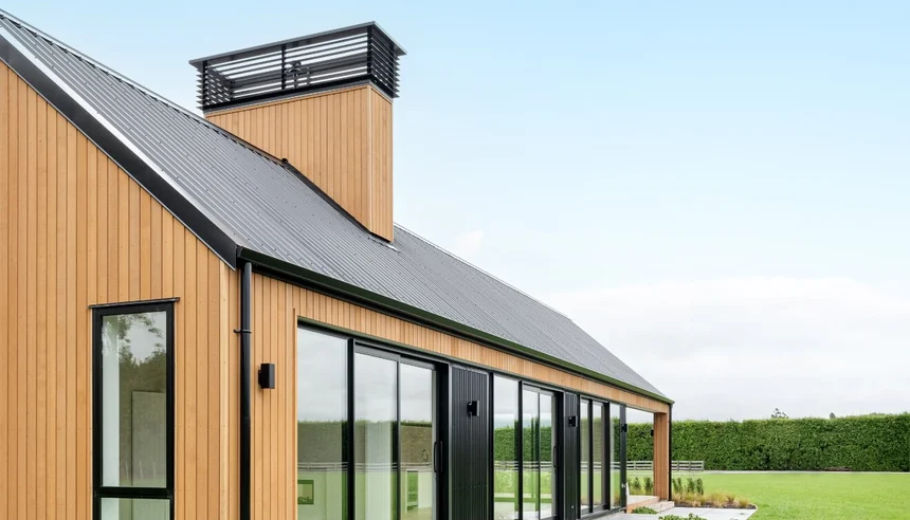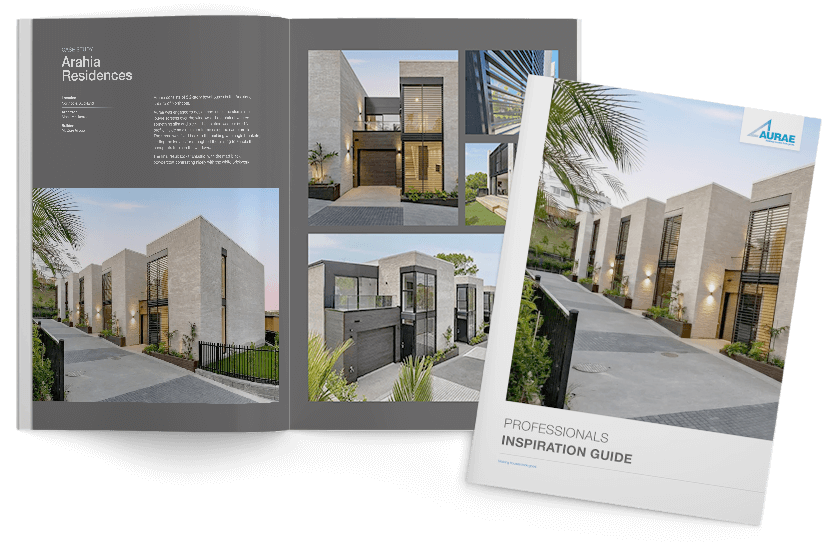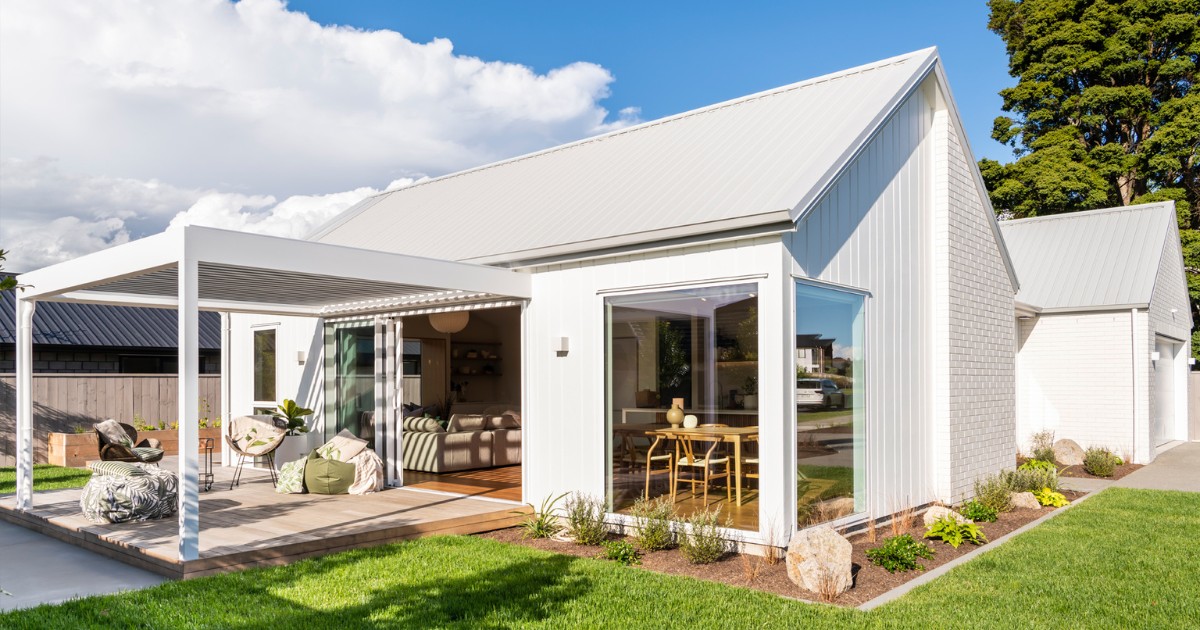Louvred chimney cowl inspiration: aluminium louvres meet modern simplicity

Chimney flues are generally designed for performance, not aesthetics. While we’ve seen some done well, the stainless steel pipe sitting up in full view can often look out of place and, if we’re honest, often downright ugly.
With this problem in mind, we’ve seen the development of aluminium louvred chimney cowls. A simple cost-effective method of screening the chimney flue and making it look attractive. The screens have advanced to a point, where they are now being used as a feature. Something to make the property look good.
Below are some of our favourites we have worked on, with images and shop drawing details.
Louvred chimney cowls in action at Waitakere Road, Kumeu
This cowl design consisted of a welded aluminium frame, with a chunky 200x50 top cap and slim angle horizontal louvre fins.
The chimney cowls clean, slim lines, work well with the lines in the cladding and profiled metal roofing. All aluminium was powdercoated to match the roof and window joinery. The matt back metal looks amazing alongside the cedar vertical weatherboards.
This is a great example of using chimney cowl screening to contribute to the overall architectural design of the property.
Credit to GNR Studio and YC Homes.
Merewhira Road
This louvred chimney cowl uses a Solaris 50x50 vertical louvre end, which is fixed into a welded angle base with a 3mm flat bar capping.
The result is a vertical fin louvre screen that matches the vertical gable end louvre screens. This chimney cowl screen does more than hide the flue, it contributes to the house’s overall architectural aesthetics.
Credit to House of Nautica.
Standard designs
When custom chimney cowl screens don’t meet the budget, there is still no need to have the flue exposed and unsightly. Standard designs involving a standard louvre blade fixed to a welded aluminium frame are a cost-effective solution.

Why aluminium works for New Zealand projects
There's a reason we see more architects specifying aluminium for chimney cowls, and it goes beyond aesthetics. New Zealand's coastal environments and unpredictable weather patterns can be harsh on building materials, but aluminium handles this naturally without the ongoing maintenance headaches that come with other options.
Working with fabricators and managing installation
The difference between a good result and an exceptional one often comes down to who you're working with and when you bring them into the conversation. We've found that early consultation during the design phase leads to a much smoother fabrication and installation process.
The fabrication process works best when there's genuine collaboration between your design team and the manufacturing side. Sometimes this means mockups for complex profiles, sometimes site visits to verify tricky dimensional constraints. The key is identifying potential problems before they become schedule problems.
Installation gets interesting on projects with complex rooflines or challenging access. Planning the installation sequence and equipment requirements during design development saves headaches later. Quality control during both manufacturing and installation directly affects how well the finished result matches your design intent, so establishing clear specifications and inspection procedures upfront pays dividends.
Ready to explore custom chimney cowl solutions for your next project?
Our team works directly with architects and developers to create designs that balance functional requirements with architectural intent, ensuring every detail supports your overall vision.
Download our projects brochure to explore our architectural designs and see more of some of the most spectacular projects we have worked on across New Zealand.

Looking for louvre inspiration for a current or future project? Our inspiration guide is the perfect starting point.
DOWNLOAD HERE



